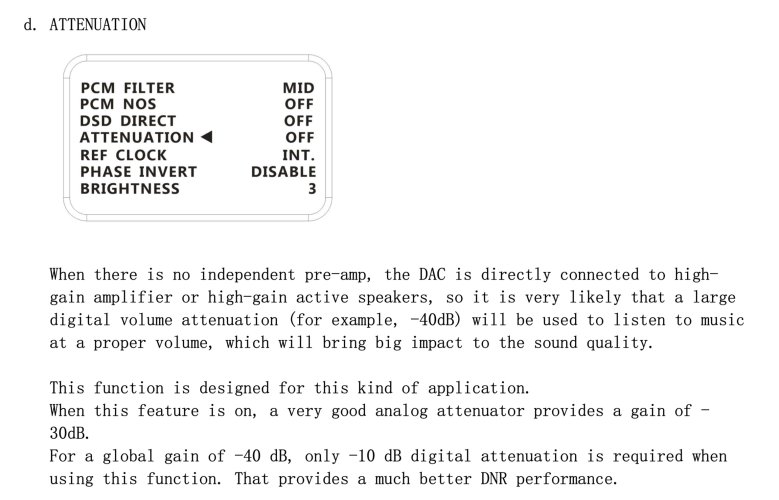Deleeh
Headphoneus Supremus
Then also my follow up question is would it be worth it to get something like a holo red / bluesound nano / ever solo? I have the LHY Ock2 clock which I find makes a nice difference vs the Gustard internal now, but all these streamers seem to not accept clock input for syncing. Have you all found any benefit other than sample rates to taking the streaming section outside of the Gustard? Anyone love a particular streamer?
Exactly via Alsa and then you have to activate the button in the first picture in Muse under Sample conversion so that you can set the sample rate.
If this is deactivated, you will get the normal output where it is defined.
When Tidal was still streaming MQA, I found it passable, but not outstanding.
It was refreshing to hear the sound in a different way, but it annoyed me so much that I deactivated it.
Since Tidal has switched back to Flac, I think it has improved a bit in terms of sound, not much but still subtly perceptible.
With the Holo Red you could theoretically go in via BNC to the Gustard, you then have to activate the ext clock in the Gustard menu.
I don't think the Holo Red is wrong as a streamer and could be better than a PC.
Alternatively there is something like this here but that is more if you would use a HQ player:https://quartzacoustic.com/shop/int...cm1536-installed-in-linux-ubuntu-plug-n-play/
This one doesn't seem to be wrong either, it's supposed to be better than a Pi based device, but it can only be used via USB, not via a clock or other output options like Bnc Spidf ect:
https://quartzacoustic.com/shop/int...bridge-installed-in-linux-ubuntu-plug-n-play/

























